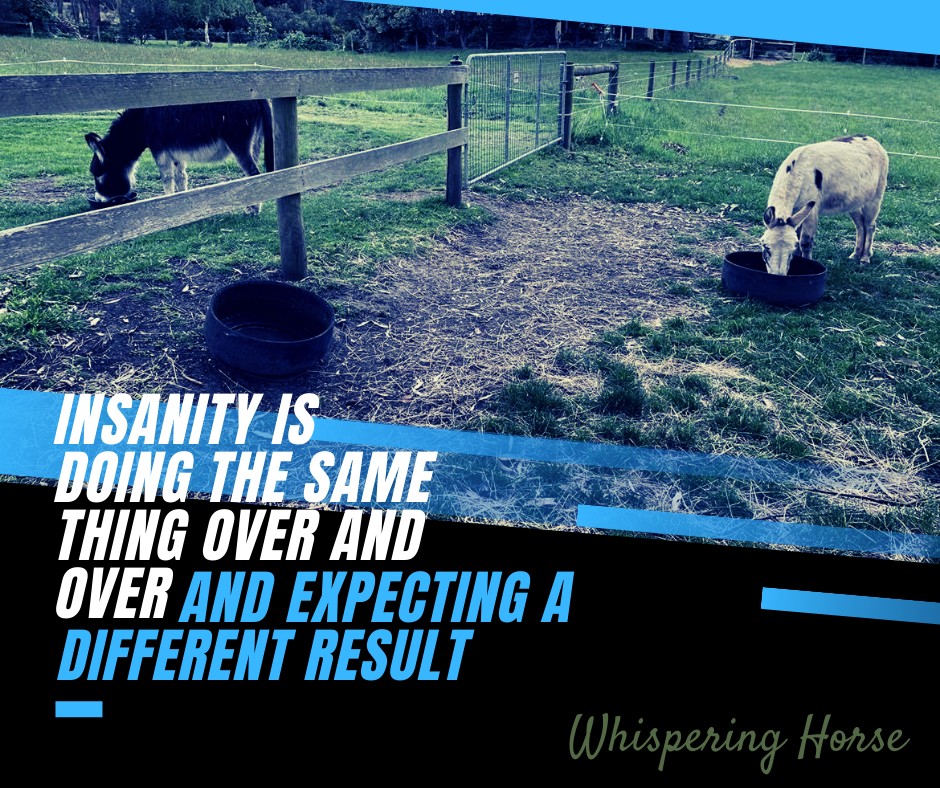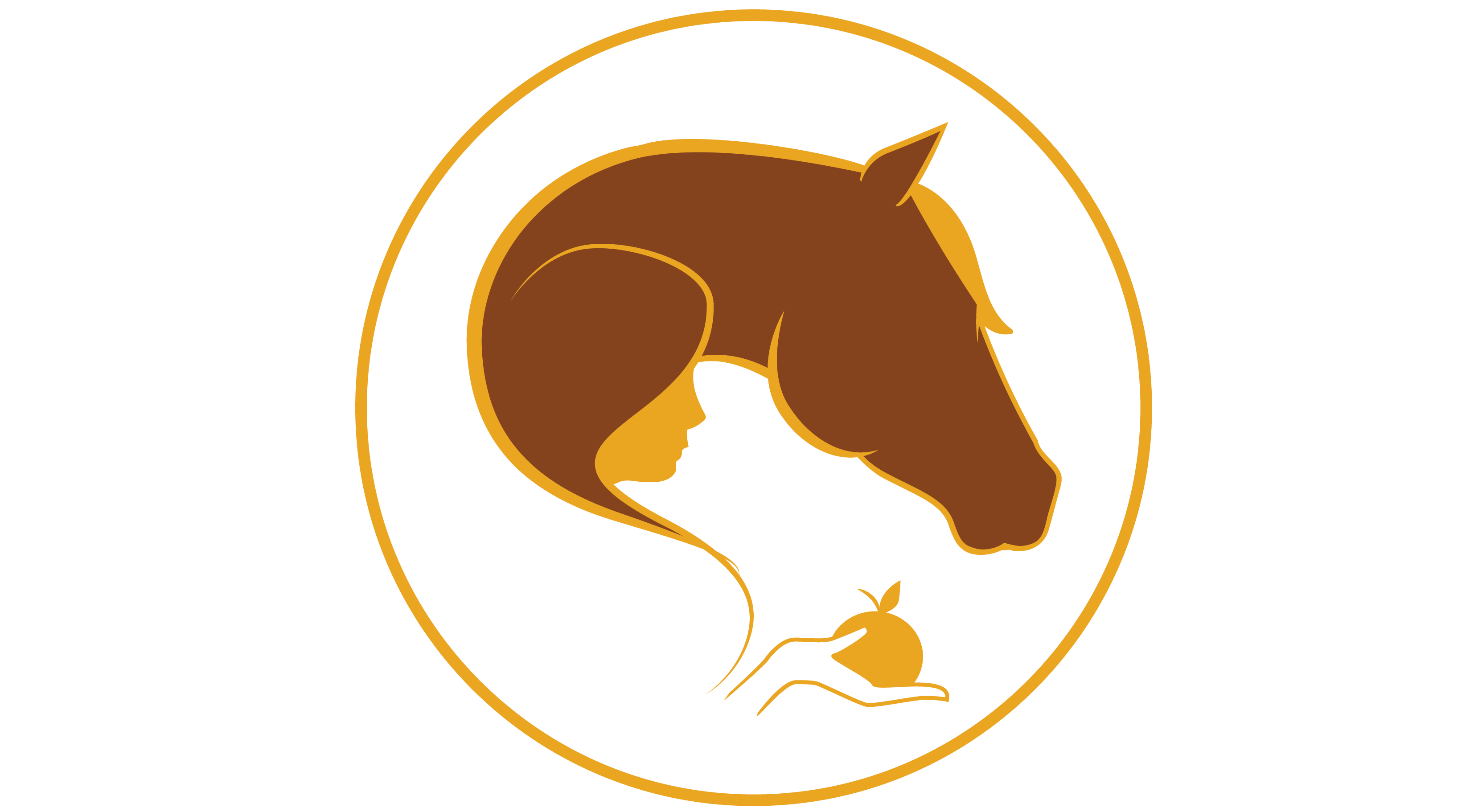Horse Training, get creative and change something

Have you ever made a definitive statement about your horse?
“My horse is not food motivated”
“My horse doesn’t like being hosed down”
“I have a spooky/aggressive/dominant/submissive horse”
I’ve talked previously about how labelling our animals is not helpful in our training or how to solve problems.
But any one of us can fall into this trap, because it seems to be so ingrained in equestrianism and society as a whole. I’ve caught myself doing it with my horses and donkeys. The important thing is that I caught myself and I changed my thinking and my behaviour and then the animal’s behaviour changed as well.
Environment drives behaviour!
A couple of examples.
Two of my three horses love having a hose down on hot days at liberty in the paddock. My third horse Grace would scurry away and always stood back while the other two horses jostled for the best position. I always assumed that Grace just didn’t like to be hosed. She was older, maybe the cold water was hard on her? But one day I separated the horses and thought I’d offer Grace a hose. The other horses were well away from her and behind a barrier and she very willingly came up and enjoyed a thorough hosing. I felt so bad that all those times she stood back, she wanted to be hosed, but just didn’t feel safe! I know it seems obvious now, but at the time, I was sure she just didn’t like being hosed.
I have a donkey and he came from a ‘traditional’ home (they all did!) and has not been hand fed or bucket fed. As a result, he showed very little interest in me or in food in general when he arrived, apart from his hay. He would back up to me or sidle across for scratches, that’s obviously a learned (positively reinforced) behaviour, but he didn’t seem particularly overjoyed with my scratches. I have a routine and give all my equines a hard feed with their minerals and salt at the end of the day, but the new donkey had been quite uninterested in his dinner and often walked away from it and I have to rescue it before my other mini hoovers it up.
One day I decided to separate the two mini donkeys for their hard feed and guess what happened? As you can see in the picture, the new little mini chomped down on his dinner! He didn’t quite finish it all, but came very close. Clearly, like Grace, he felt more comfortable without competition for that resource.
It also made me think about his training and how I can change things and help him feel safer and perhaps I’ll get a better response from him and more participation. It’s easy to think that I’m a good enough trainer that I don’t need to train in Protected Contact (behind a barrier), but perhaps for this little guy, I need to do it FOR HIM to feel safe, not because I think I can do without it.
Not getting the behaviour you desire? Change something in the environment and see what happens.
Next time you are stuck in your training or make a definitive statement about your horse or give them a label, pause for a moment and think, how you can get creative and change something and see if you get a different result.
As we all know, doing the same thing over and over and expecting a different result, is the definition of insanity.

